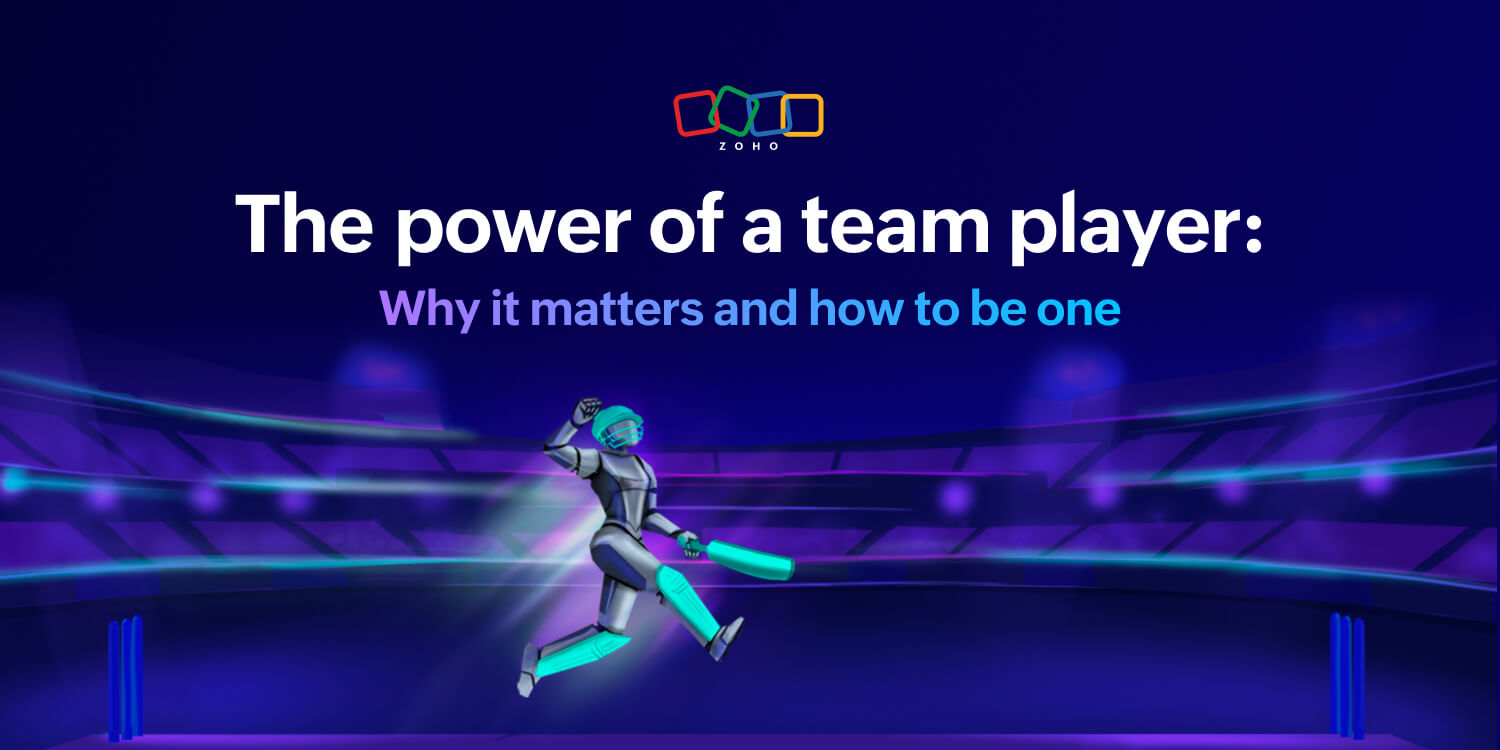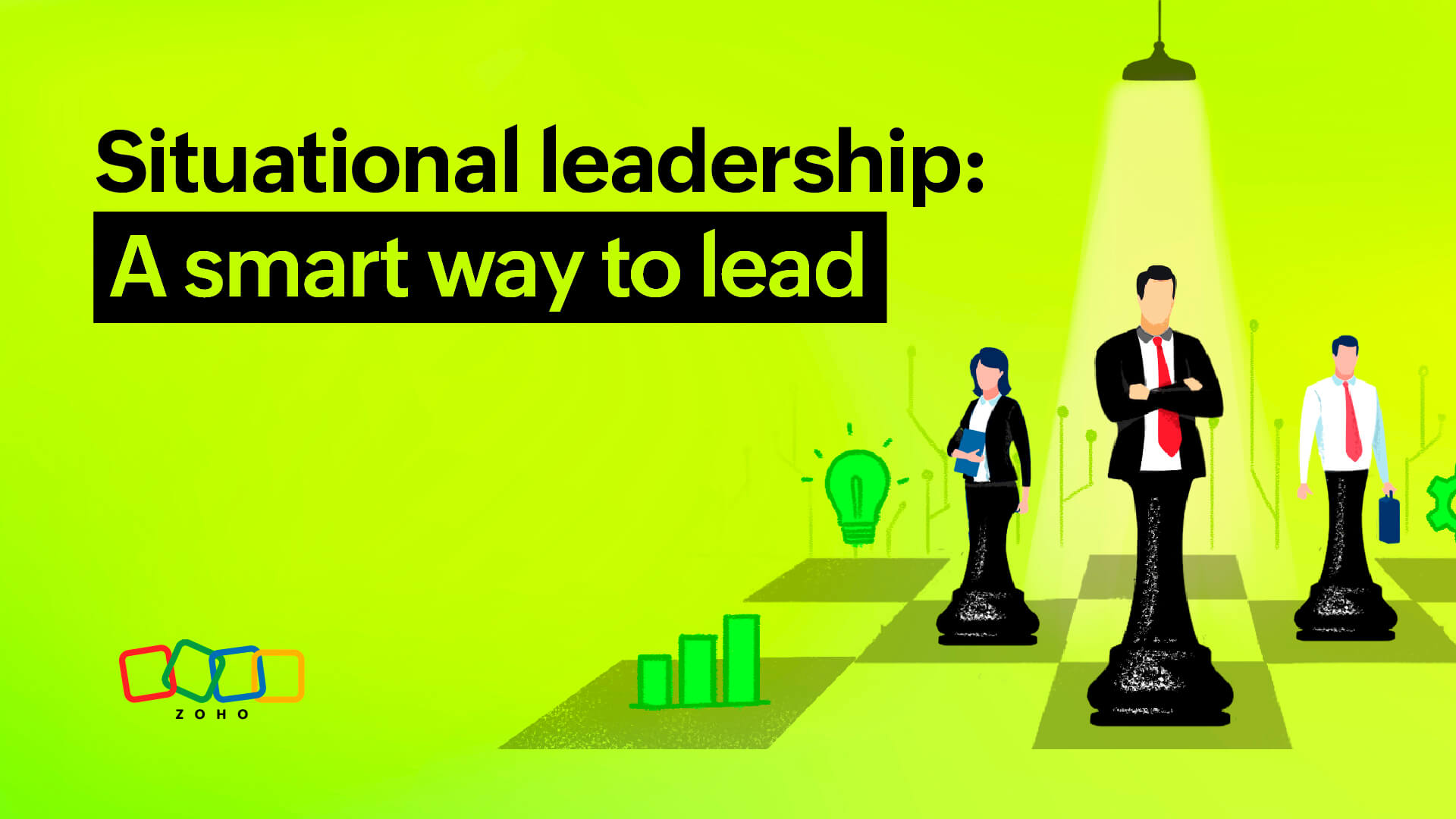- HOME
- All Products
- What is content planning, and why do you need it?
What is content planning, and why do you need it?
- Published : May 2, 2024
- Last Updated : October 17, 2024
- 2.8K Views
- 4 Min Read
Imagine this: You're in front of your computer, staring at a blank screen. The cursor is blinking, and a deadline is right around the corner. A sinking feeling sets in. Racking your brain isn't getting you anywhere. Do you wish you had a solid plan to follow?
You're not alone. Content creators (as a broader term) across industries face the constant struggle of creating fresh, engaging content. To overcome this creative block and put out content without burning yourself, you need a plan. The answer? A content planner.
We’ll explore content planning in this three-part series, including its necessity, components, and types, and free bonus content planner templates.

What is content planning?
Before diving into planning, let's clear the air. Content planning is only half the puzzle. The other half rests with content strategy.
Content strategy is the big picture giving direction to your content creation. While it defines your target audience, it also identifies their pain points and why your content will address them. It defines your brand’s voice, tone, content channels, and ways to measure progress. It’s why you create what you create.
Content planning is the detailed steps you take to achieve your content-creation goal. It maps out all of the important stops: the topics you'll cover, catchy titles to grab attention, and relevant keywords. It addresses the format, such as blog posts, reels, and captions, and deadlines to follow. It identifies who's responsible for each piece and the best platforms to reach your audience. Content planning is the how and when behind your content creation.
In other words, content strategy is the outline, and content planning is what fills it.
Let's illustrate this with an example. Say you’re the owner of a coffee brand. Your content strategy would ask you to post five reels per week on Instagram. The reels would be trendy and eccentric. It caters to young people in the age range of 20 to 45.
According to your content plan, your social media manager will post the reels at 5:00 pm on the first and third day of the week. It mentions the theme of each post, starting with why this coffee is a must-have.
Having said that, let's explore the role content planning plays.
5 reasons why you need content planning
Let's take the example of the same coffee brand discussed above. Rebecca, the head of marketing, is responsible for managing all marketing and content creation initiatives. What are the benefits of planning content?
1. "This content aligns with my business goal."
Rebecca is looking to grow brand awareness. Without a content plan, she has no means of achieving that goal. She’d be “winging it.” Content planning helps her align her efforts with her business goals.
Now, she can concentrate on influencer marketing, social media posts, and running targeted ads. All of the messaging and campaigns will be aimed at expanding the brand's reach.
2. "I can keep creating content consistently."
What if the brand does an announcement post and then disappears? If there are only crickets and no content, it slips away from customers’ memories. A steady flow of content is key to building brand recognition.
A content plan helps Rebecca maintain a consistent presence across various channels. Whether it's putting out coffee recipes or joining forces with mega stars, she gives the audience what they want: a steady stream of valuable content. This brings us to the next reason.
3. "I engage my audience with my content."
While forming a plan, Rebecca researches her audience, their needs, and preferences. She understands the problem her brand solves for them. Armed with this knowledge, she can create content that speaks to them directly. They’re now more likely to interact with it. She puts out creative coffee recipes, explores coffee culture, coffee pairing guides, and DIY coffee-crafts. For young audiences viewing coffee as a lifestyle, this works like a charm.
4. "I could not have done this more efficiently."
Content creation shouldn't be a time-consuming black hole. Unplanned creation means juggling research and writing simultaneously. By mapping out your content in advance, you can combine similar tasks, use existing resources, and avoid last-minute scrambles. This not only saves time but also allows you to produce quality content on a regular basis. For instance, creating a content calendar helps Rebecca schedule posts ahead of time, avoiding rushed, eleventh-hour content creation.
5. "My results have improved."
The final goal of content creation is to produce tangible results. In order to improve, it’s important to measure. A content planner allows you to set objectives and track how much ground you’ve covered. Periodically anaylzing metrics helps improve content based on what works.
Rebecca is looking to increase brand awareness. She hopes to add 100 new followers every week. With a content plan, she has a yardstick to go on. The number of views, engagements, and repeat visitors are some metrics she considers to refine her efforts.
Wrapping up
Any effort without a direction or a plan is surely wasted. A content plan is a roadmap for our content creation efforts. But how do you translate this understanding into action? Don't worry, the journey doesn't end here.
In our next blog post, we'll delve deeper into the essential components of a content plan. We'll unpack each step, from audience research to distribution strategies. Stay tuned for the next chapter!
 Srinath Vijayakumar
Srinath VijayakumarSrinath is a product marketer for Zoho Workplace. He talks about productivity, tips to improve communication, and nuggets on doing your best at your workplace. He has great interest in bringing a fresh perspective to the forefront. He is highly optimistic to the extent that he opens the refrigerator every 10 minutes, hoping to find something new. Outside of work, you will catch him playing football, travelling or writing half-finished stories.


